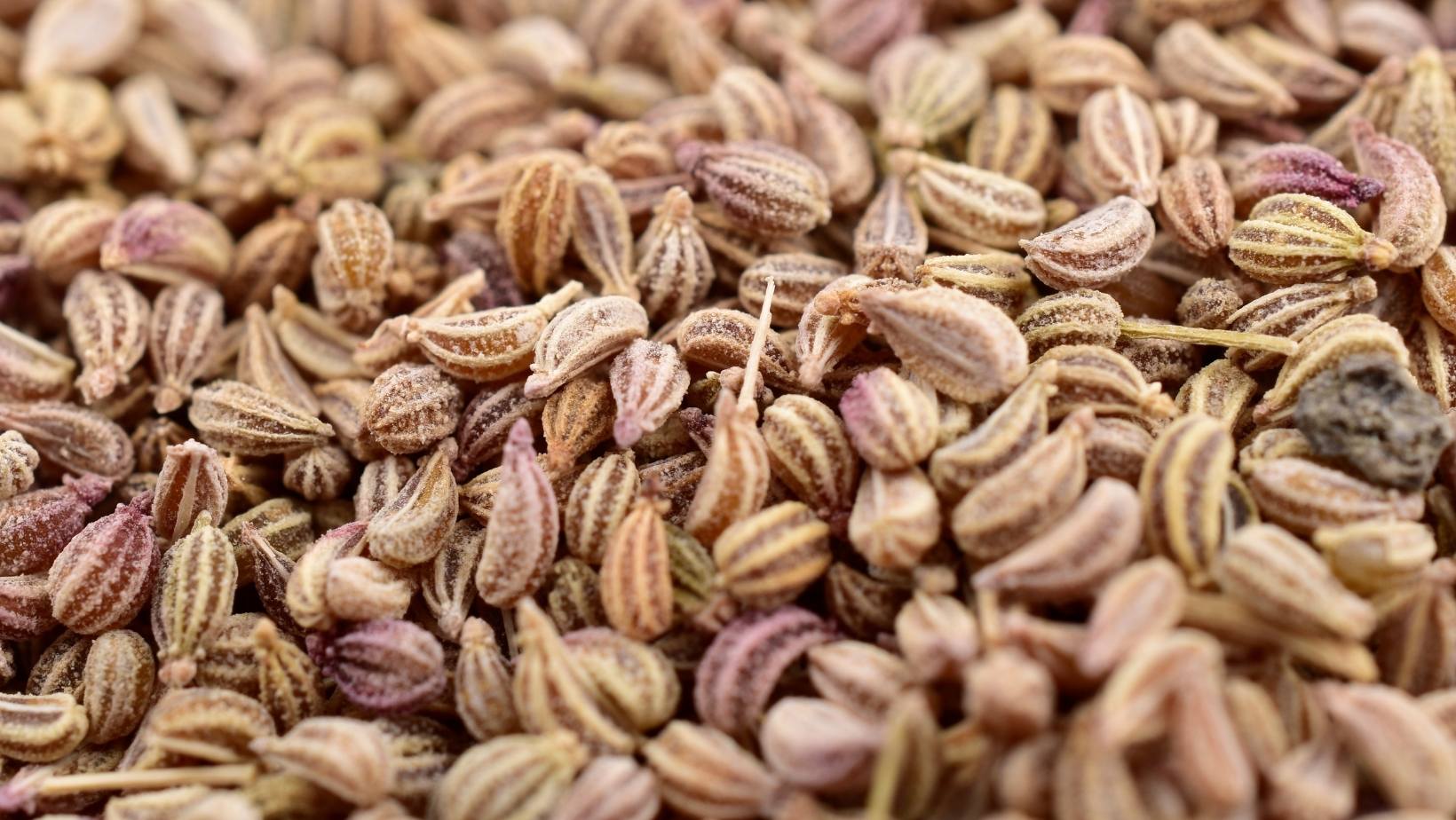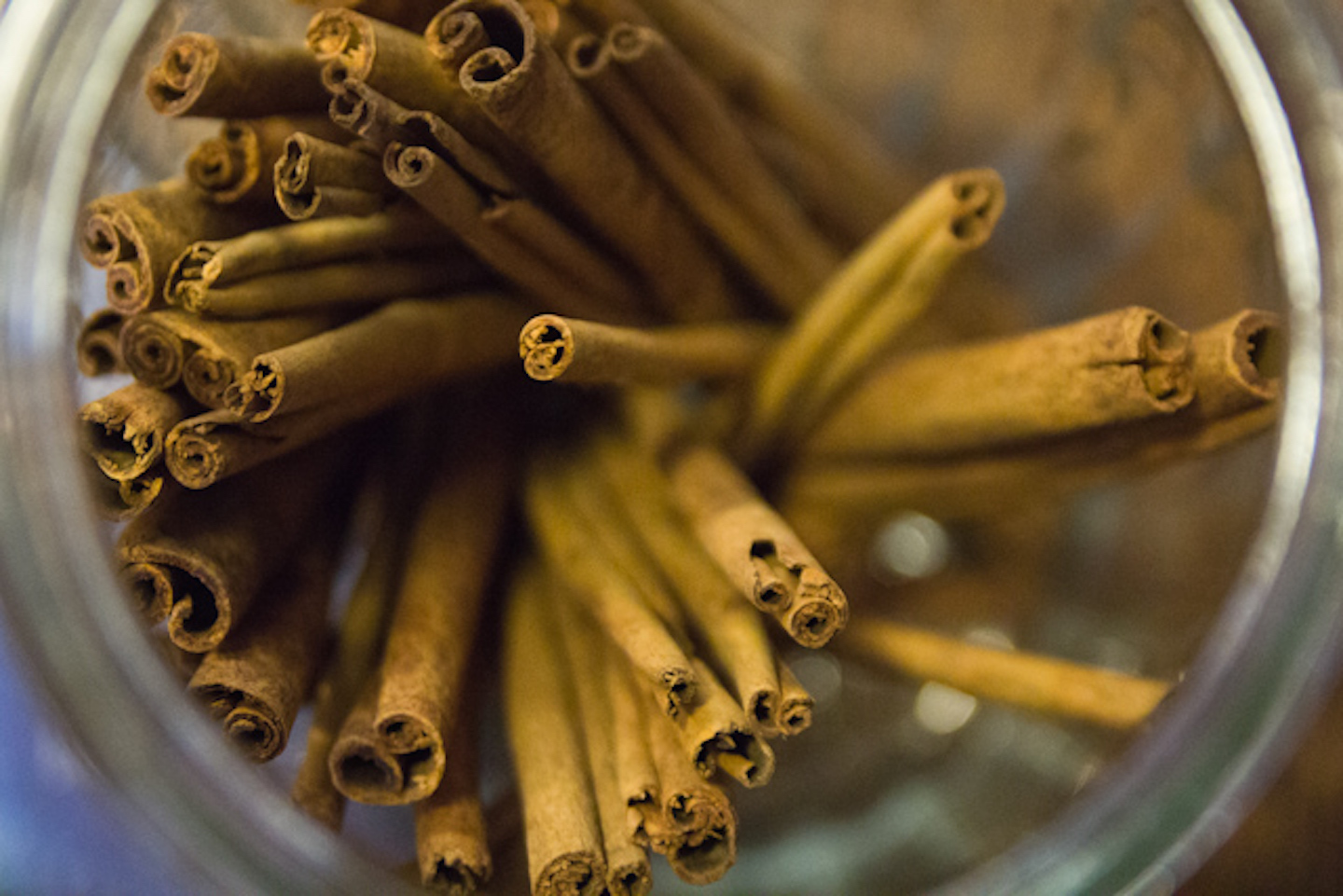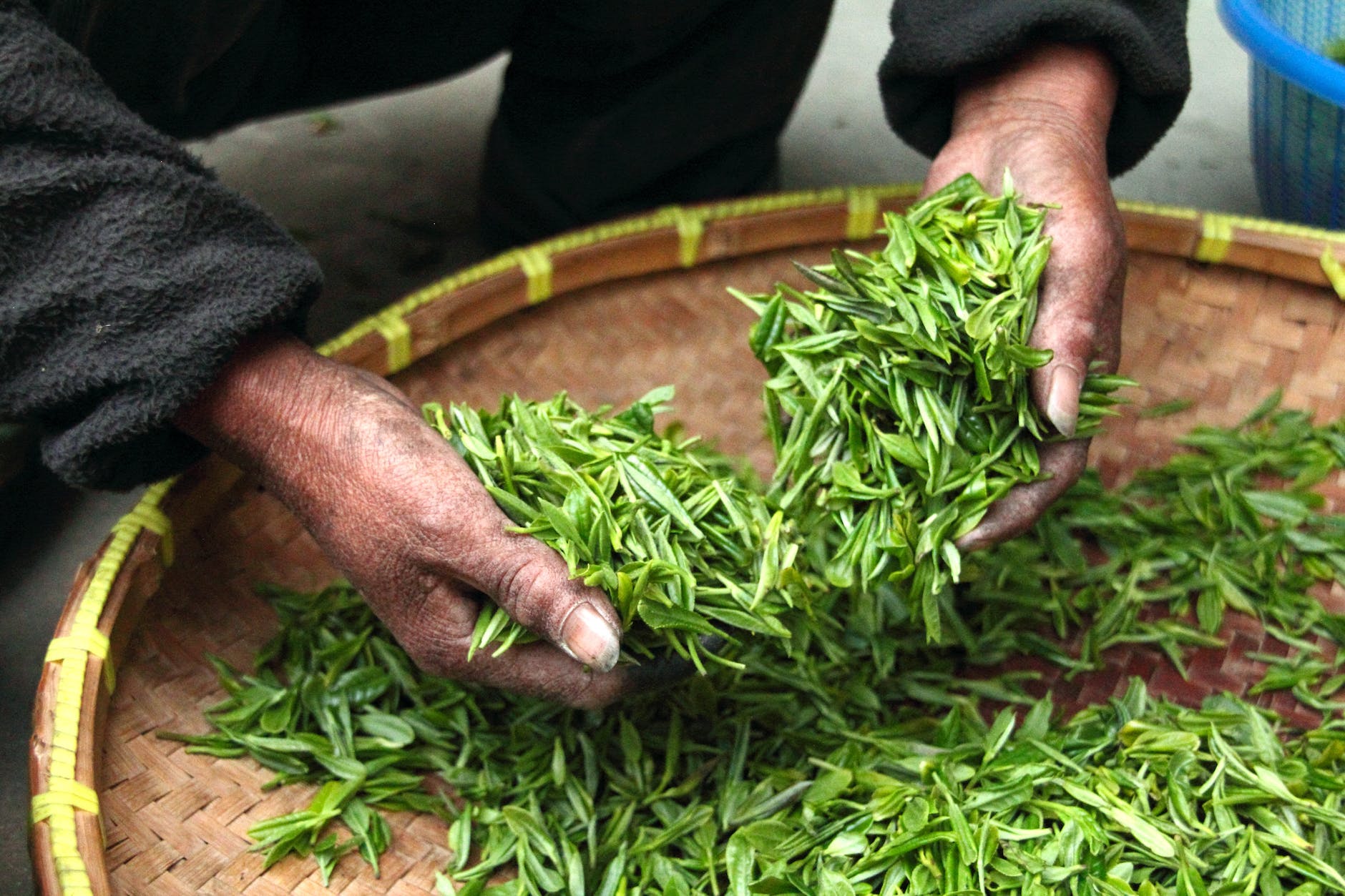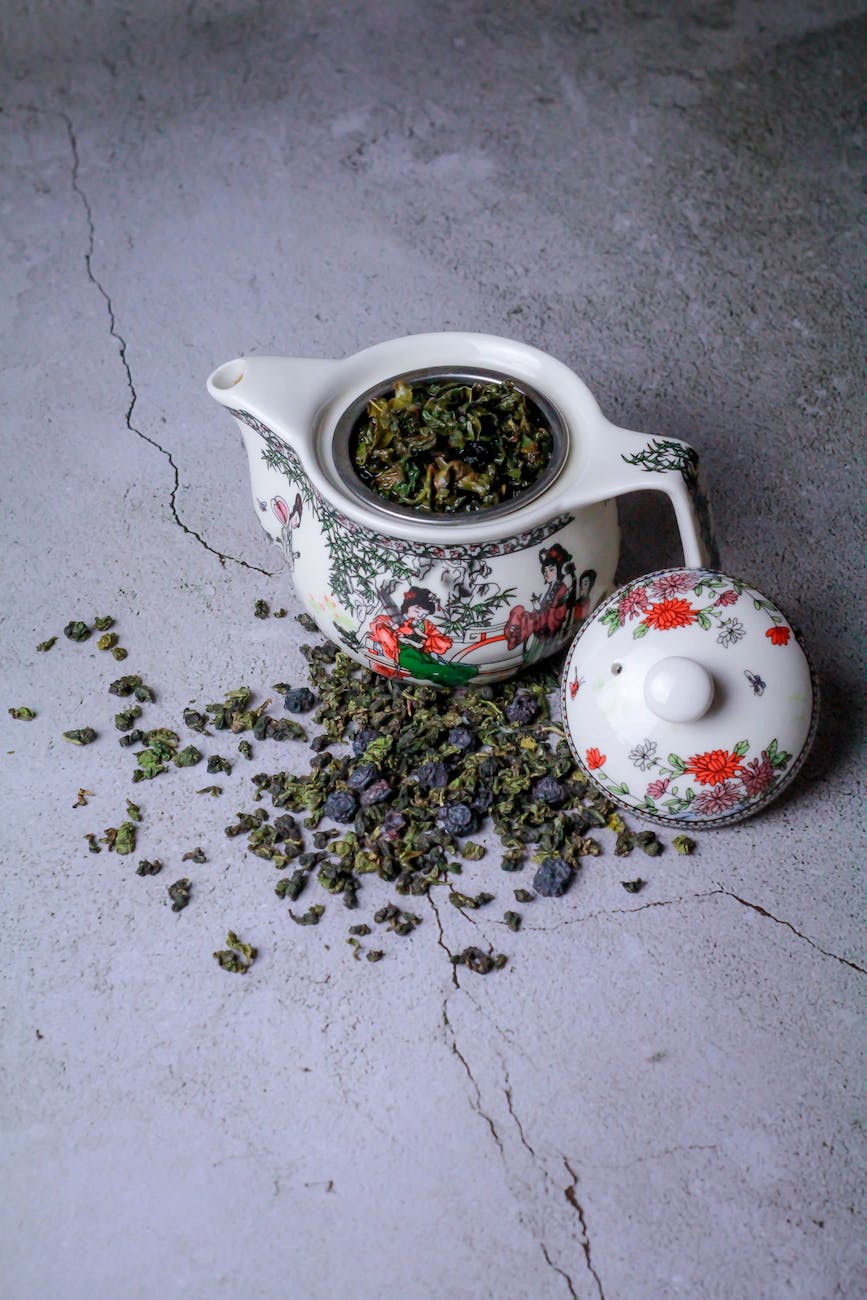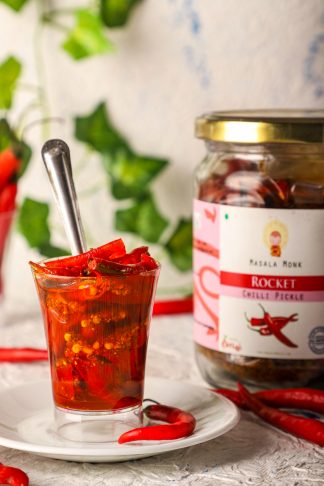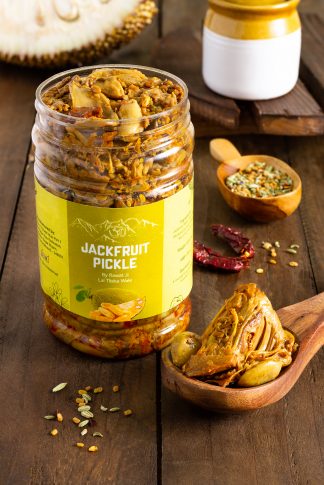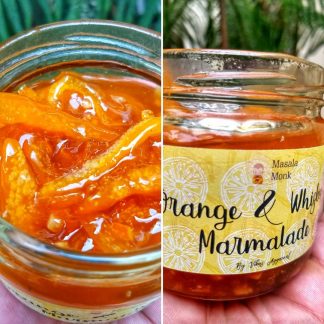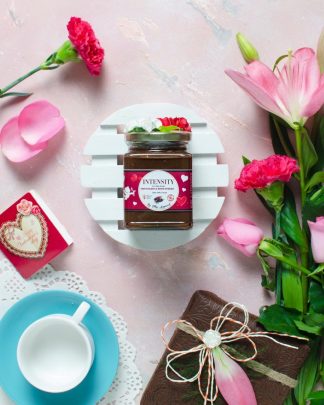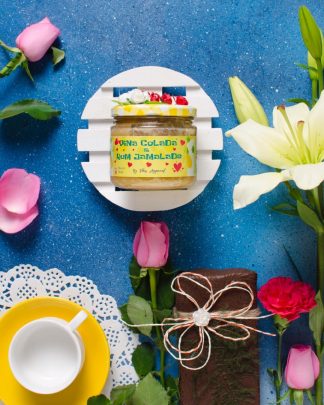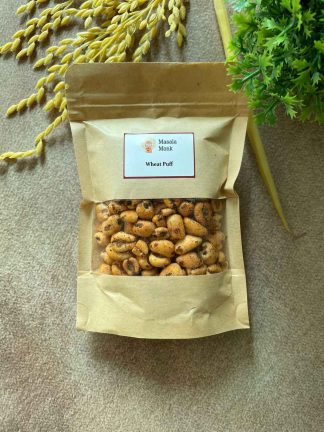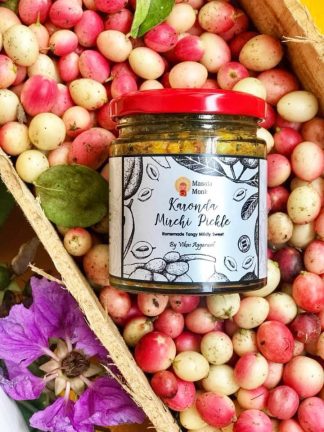
Looking for a potent blend to supercharge your mornings and support your overall well-being? Look no further than the powerful combination of green tea infused with the aromatic spices of clove and cardamom. This dynamic duo not only aids in weight loss but also brings together the wisdom of Ayurveda and modern research to enhance your vitality and promote holistic wellness. Get ready to experience the transformative benefits of this invigorating blend! 🍵🌞
✅ Ayurvedic Tradition and Modern Research
In Ayurveda, the harmonious integration of herbs and spices is believed to promote balance and optimum health. Clove and cardamom are two revered spices in Ayurveda, known for their digestive benefits and ability to enhance overall well-being. Green tea, supported by modern research, is recognized for its metabolism-boosting and antioxidant properties. By combining the wisdom of Ayurveda with scientific findings, we can harness the full potential of this extraordinary morning elixir. 💚🌱
🌟 Weight Loss Support: Green tea is renowned for its metabolism-boosting properties, helping you burn calories more efficiently. Clove and cardamom, with their thermogenic qualities, further enhance the weight loss benefits of this blend. This powerful combination promotes fat burning, supports healthy digestion, and assists in achieving your weight loss goals. Embrace the synergy of this potent duo and experience transformative results. 💪🏼🔥
🌟 Vitalizing Energy: Clove and cardamom are prized in Ayurveda for their ability to invigorate the senses and promote energy flow. Combined with the gentle dose of caffeine in green tea, this blend provides a natural and sustained energy boost, keeping you alert and focused throughout the day. Embrace the revitalizing effects of this blend and step into your day with renewed vigor. 🌞⚡️
🌟 Digestive Harmony: Ayurveda recognizes the importance of a healthy digestive system for overall well-being. Clove and cardamom have long been used to support digestion, reduce bloating, and relieve digestive discomfort. When combined with green tea’s gentle nature, this blend promotes a balanced and harmonious digestive experience, ensuring a comfortable start to your day. Embrace the soothing effects of this elixir and nurture your digestive health. 🙌🏼💚
🌟 Antioxidant Boost: Green tea, clove, and cardamom are all rich in antioxidants, which help protect the body against oxidative stress and promote cellular health. The combination of these antioxidant powerhouses provides a potent defense against free radicals, supporting your overall well-being. By infusing these ingredients together, you offer your body a daily dose of rejuvenation and protection. 🌿💪🏼
✨ How to Prepare Green Tea with Clove and Cardamom
Creating your morning elixir of green tea infused with clove and cardamom is a delightful and simple process. Follow these steps to enjoy the full benefits of this powerful blend:
- Boil water in a kettle or saucepan.
- Add one teaspoon of high-quality loose green tea leaves to a teapot or infuser.
- Crush one or two whole cloves and a few cardamom pods using a mortar and pestle to release their aromatic oils.
- Add the crushed cloves and cardamom to the teapot or infuser with the green tea leaves.
- Pour the hot water over the tea leaves, cloves, and cardamom, allowing them to steep for 3-5 minutes to extract their flavors and beneficial compounds.
- Strain the infused tea into your favorite mug and relish the transformative blend of green tea, cloves, and cardamom.
🌼 Embrace the Morning Ritual
Now that you have your cup of green tea infused with clove and cardamom, it’s time to embrace the morning ritual and immerse yourself in the experience. Find a peaceful space where you can sit undisturbed. Take a moment to inhale the enticing aroma, allowing the fragrant notes of clove and cardamom to awaken your senses. With each sip, feel the harmonious synergy of these ingredients, nourishing your body and mind. Let the transformative energy of this blend uplift your spirit and inspire a sense of well-being as you embark on your day. ☕️🌅

